Help W/Creating Woodland Look
goodkamra
12 years ago
Featured Answer
Comments (6)
inkognito
12 years agogoodkamra
12 years agoRelated Professionals
Glassmanor Landscape Architects & Landscape Designers · Sand Springs Landscape Architects & Landscape Designers · Walnut Landscape Architects & Landscape Designers · Brunswick Landscape Contractors · Fruit Heights Landscape Contractors · Galveston Landscape Contractors · Golden Gate Landscape Contractors · Methuen Landscape Contractors · Newnan Landscape Contractors · Raleigh Landscape Contractors · Albemarle Decks, Patios & Outdoor Enclosures · Del Aire Decks, Patios & Outdoor Enclosures · Glasgow Decks, Patios & Outdoor Enclosures · North Aurora Decks, Patios & Outdoor Enclosures · Roseville Decks, Patios & Outdoor Enclosuresdeviant-deziner
12 years agolavender_lass
12 years agobahia
12 years ago
Related Stories
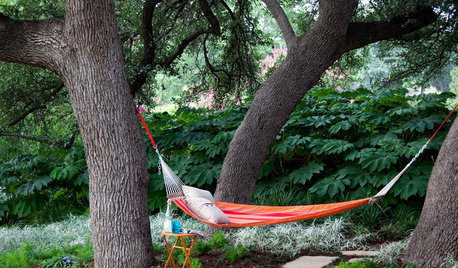
LANDSCAPE DESIGNCreating a There, There in the Garden
Make your landscape a destination worth enjoying and exploring with these ideas and examples
Full Story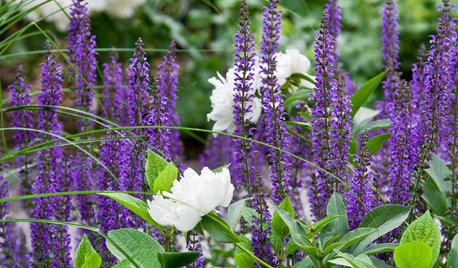
GARDENING AND LANDSCAPINGGarden Tour: Colorful, Serene Woodland Near Boston
Exuberant perennials, outdoor rooms and a surrounding woodland come together to create a beautiful landscape in Massachusetts
Full Story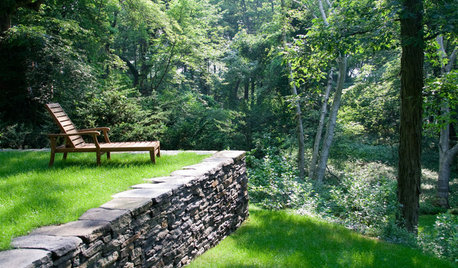
LANDSCAPE DESIGNWhat the Heck Is a Ha-Ha, and How Can It Help Your Garden?
Take cues from a historical garden feature to create security and borders without compromising a view
Full Story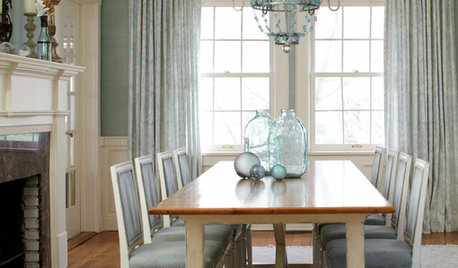
REMODELING GUIDESRoom of the Day: Antiques Help a Dining Room Grow Up
Artfully distressed pieces and elegant colors take a formerly child-focused space into sophisticated territory
Full Story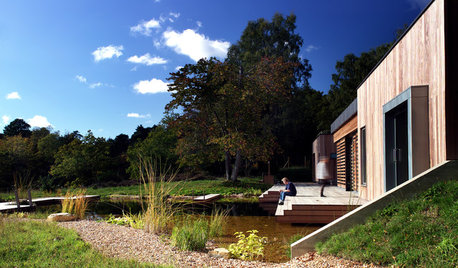
MODERN HOMESHouzz Tour: Nature and Efficiency Inspire a Woodland Home
This English design plays up simplicity, natural light and its spectacular forest setting
Full Story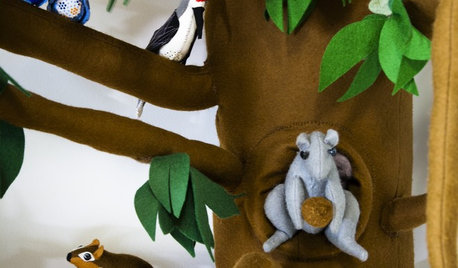
KIDS’ SPACESAn Enchanted Woodlands Playroom Roots for Imagination
Beguiling and creative, this storybook playspace in a Brooklyn brownstone is right out of a child's dream
Full Story
ORGANIZINGDo It for the Kids! A Few Routines Help a Home Run More Smoothly
Not a Naturally Organized person? These tips can help you tackle the onslaught of papers, meals, laundry — and even help you find your keys
Full Story
LIFEDecluttering — How to Get the Help You Need
Don't worry if you can't shed stuff and organize alone; help is at your disposal
Full Story
KITCHEN DESIGNKey Measurements to Help You Design Your Kitchen
Get the ideal kitchen setup by understanding spatial relationships, building dimensions and work zones
Full Story
COLORPick-a-Paint Help: How to Quit Procrastinating on Color Choice
If you're up to your ears in paint chips but no further to pinning down a hue, our new 3-part series is for you
Full StoryMore Discussions






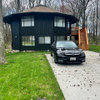

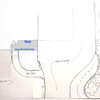

drtygrl